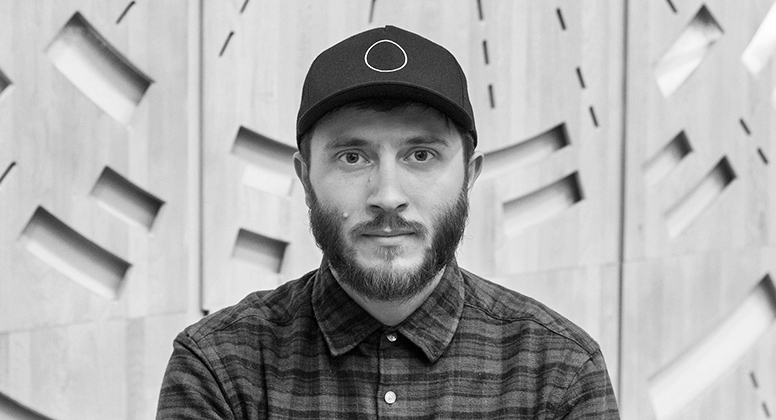The finalist artwork
Rosetta Mission 2022
VR Game Engine
By Luca Pozzi
Selected by: Valentino Catricalà
Inspired by the ESA's (European Space Agency) eponymous space mission, the artwork is presented as a virtual reality environment in which the comet 67P/Churyumov-Gerasimenko has been reconstructed, transformed from a physical celestial body into a digital convergence space for different disciplines. The title of the space mission, and consequently the artistic project, alludes to the Rosetta Stone, an archaeological artifact that, by presenting the same text in Demotic, hieroglyphic, and ancient Greek scripts, became a fundamental document for the comparison and interpretation of languages, and thus, of history itself.
The allusion to the ancient artifact takes on a metaphorical significance here, 2200 years after its engraving: a visitable digital object allows information to flow and people to connect from all over the world. Among the contributions featured in the Rosetta Mission 2022 are those of: Carlo Rovelli (theoretical physicist), Michelangelo Pistoletto (artist), Angelo Plessas (Techno-Shaman), Greta Thunberg (activist), Alain Connes (mathematician), LGBTQ++ (Community).
Luca Pozzi

Studying quantum gravity, entanglement, time travel, cosmology, and particle physics, his holistic approach transforms theoretical research into a series of hybrid installations characterized by magnetized sculptures, levitating objects, light drawings, and a performative use of photography based on a strange sense of frozen time and multidimensionality.
His work has been exhibited in major museums and galleries in Italy and abroad, and his works are part of public and private collections, including MART in Rovereto, MAMbo in Bologna, MEF in Turin, the Italian Ministry of Foreign Affairs “LA FARNESINA,” and the Archive of Spatial Aesthetics and Praxis in New York. He is known for his photographic series "Supersymmetric Partners," which shows actual leaps compared to the Renaissance paintings of Paolo Veronese, and for the use of electromagnetic levitation technologies in futuristic installations like "Schröedinger's Cat through the Influence of Piero Della Francesca" (Marino Marini Museum, 2010), "9 Churches 9 Columns" (Moscow Biennale, 2011), and "The Platform of Stars" (Marrakech Biennale, 2012).
In 2013, he presented the "ORACLE" device for drawing with light remotely during DLD - Digital Life Design at Haus der Kunst in Munich. In 2015, he published the monograph "I messaggeri della gravità" at the Ettore Fico Museum in Turin, featuring interviews and texts by Hans Ulrich Obrist, Gianluigi Ricuperati, Ute Meta Bauer, Carlo Rovelli, and Sabrina Tarasoff. In 2017, he initiated the interdisciplinary project "Blazing Quasi-Stellar Object" at the European Organization for Nuclear Research (CERN, Geneva) as the third chapter of The Internet Saga curated by Francesco Urbano Ragazzi, and participated in "Documenta 14" as part of the "Eternal Internet Brotherhood" community (Kassel).
In 2018, he created "The Grandfather Platform," an immersive installation directly connected to the cycle of frescoes "Story of the foundation of Rome" depicted by the Carracci brothers in 1590, at Palazzo Magnani. In 2019, he gave a lecture on the theme "Art in the age of quantum gravity and multi-messenger cosmology" at TEDx Rome. In 2009, he won the Dena Foundation for Contemporary Art at the Centre International d’accueil et d’échanges de Récollets in Paris and was an artist in residence at PROGRAM (Initiative for Art + Architecture collaborations) in Berlin and in 2011 at Mazama, Winthrop (WA), in the United States.
He has been awarded several prizes including:
- Ettore Fico Prize (Turin, 2012)
- Icona Prize (Verona, 2010)
- International Sculpture Prize Piemonte in 2006.